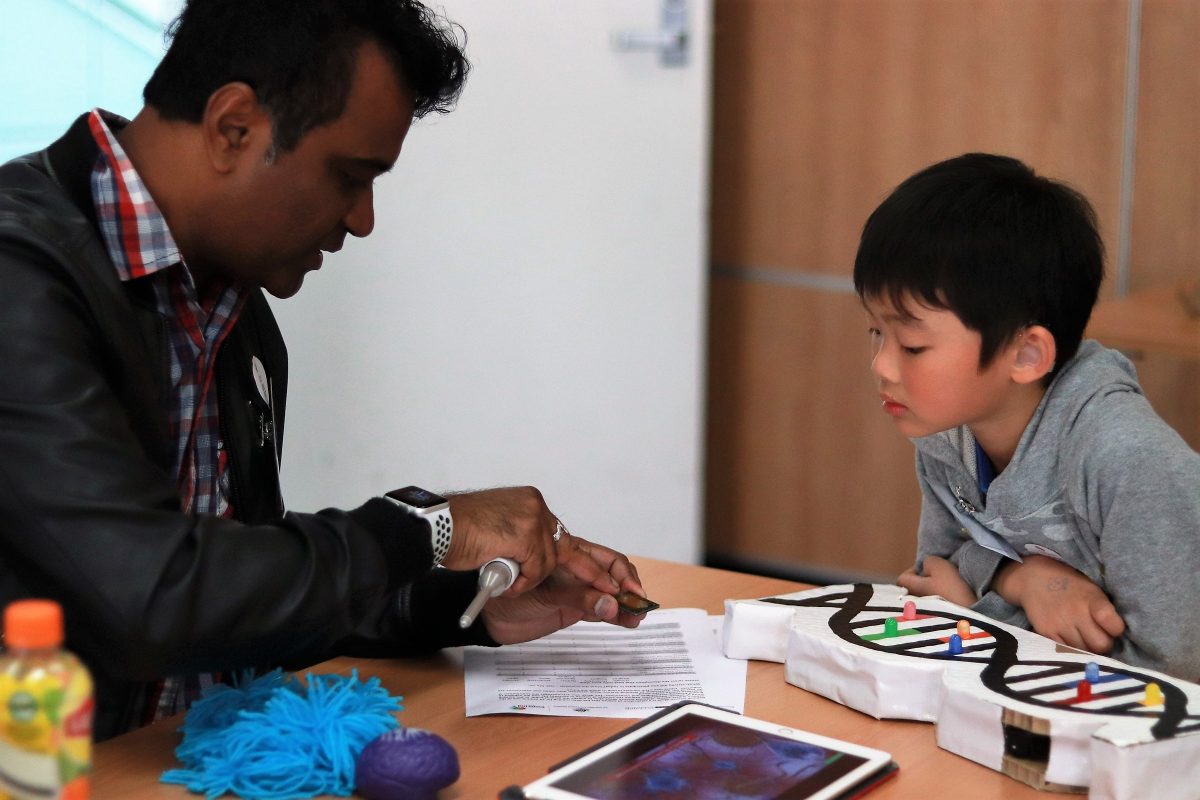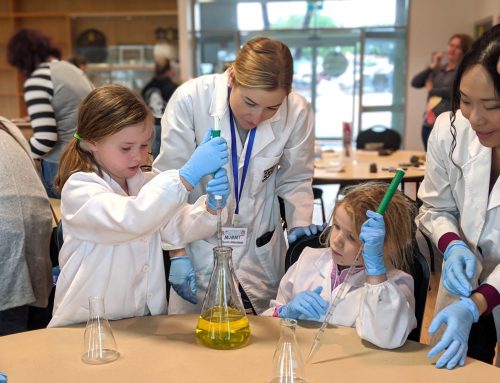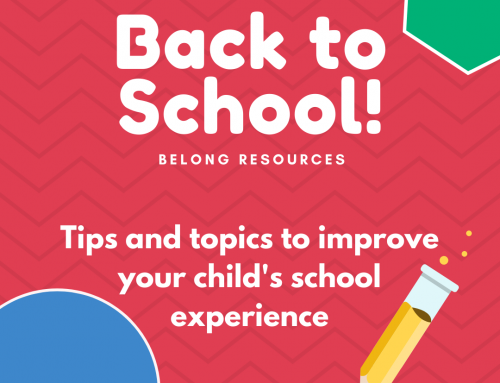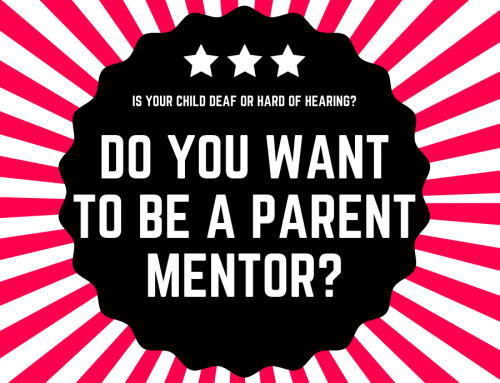Language influences how we are able to share emotions and it may affect a child’s learning ability and other functions, including problem solving, planning, understanding the emotions of others and developing friendships. Rather than hearing loss directly impacting a child’s mental health, research shows that reduced access to language has an impact on the emotional development of children (Dunn, 2004; Hauser, 2006). Improvements in communication can help children develop a better understanding of others’ views and feelings, thereby fostering the development of social skills and relationships (Antia, 2011). Children who are Deaf or hard of hearing may miss the subtleties of speech, such as the tone and intonation – the way we change the volume or tone of our voice to express expression, mood, humour etc. This can lead to a misunderstanding of the person’s intent. This can sometimes be embarrassing for a child and then make them more self-conscious to participate in social situations.
Key messages
→ As a parent, you can help your child to communicate effectively with others by encouraging and modelling good communication skills such as active listening.
→ You can help your child to be assertive, learn when and how to say no or no thanks, and how to resolve conflicts in a fair and peaceful way.
What are some of the communication barriers children who are Deaf or hard of hearing may face?
Children with typical hearing tend to pick up a lot of information indirectly and this is called passive or inferential learning. They can usually overhear conversations between other people or listen to the radio or television. Children who are Deaf or hard of hearing may
only hear parts of what people around them are saying resulting in them missing information that other children just seem to know. This will limit their background knowledge of different topics and can cause a feeling of isolation at school. Information that children who are Deaf or hard of hearing receive will most likely be much less than what a hearing child will receive and may lead to problems with communication and learning in school, e.g. they may have heard a particular word only once or twice and only in one context, while the hearing child may have heard it hundreds of times in many contexts. It is very important for parents to encourage and model good communication skills as much as possible so your child can practise the skills for communicating effectively with others. All school children and their families benefit from having open communication. This practise prepares your children for social changes associated with adolescence and encourages greater independence.
Source: Deaf Children Australia 2012 https://deafchildrenaustralia.org.au/wpcontent/uploads/2014/11/Language-Development-and-Deaf-Children-2012-v2-1.pdf
These videos simulate what a child who is Deaf or hard of hearing would hear:
Flintstones Hearing Loss: https://youtu.be/TD5E88fFnxE
Hearing Loss Simulator: https://youtu.be/_jpe0_v2nAc
Teaching your child about Active Listening
Active listening is an important skill for everyone when it comes to developing communication skills. The skills involved in active listening may be particularly helpful for children who are Deaf or hard of hearing to ensure they are using every possible opportunity to cue into a person they are communicating with.
Active Listening is a process of listening with your whole body in a way that:
→ Minimises noise
→ Allows us to get the information we need to fully understand the message
→ Enables us to check that our understanding of events is accurate
→ Let’s the other person feel “heard”
It is called active listening because it highlights that listening effectively is an active and involved process. It takes energy!! It consists of following elements:
→ Attending – body language, tone of voice
→ Elaboration – questions
→ Following and paraphrasing – to check your understanding
→ Reflecting – Rephrasing the effect on their thoughts or feelings
→ Silence – ssssh to give them the space to gather their thoughts
Recognising other peoples’ emotions when they are speaking
For children who are Deaf or hard of hearing it is particularly important to help them to recognise the emotions of other people.
Generally speaking, there are four things that can help us recognise emotions:
→ Tone – Gentle, laughing, loud, aggressive etc.
→ Body Language (or how our body feels) – clenched fists, slumped shoulders
→ Facial Expressions – a frown, red faced, tears
→ Words
Recognising body language and facial expressions is even more important for your child, especially if hearing is limited in a loud or stressful environment. You can help your child by taking opportunities to practise recognising these signs in everyday life. You could practise in a fun way by turning off the sound on the TV so no one can hear the speech and try to guess what the characters are feeling just by their body language and facial expressions.
Playing feelings charades
You could practise with your child by doing role-plays together as a family using the the game charades. Each person takes turns to role-play an emotion without using any words and the rest of the family have to guess what the emotion is. The game gets harder as you move on into more difficult emotion words such as: sad, surprised, frightened, anxious, jealous, joyful, annoyed, excited, tired, proud, confused, worried, scared, afraid, bored, grumpy, nervous, cheerful, lonely, loving, embarrassed, guilty, shy, silly, curious.
Adapted from – Friendly Schools Plus –Teacher Resource
Modelling active listening
You can teach your child how to listen well by demonstrating and role-playing good listening
skills.
How to listen and ask good questions
→ Look at the person who is talking and occasionally nod or say “yes” or something that signals you have understood.
→ Stand or sit still while you are listening.
→ Pay attention and think about what is being said carefully.
→ Watch the body language.
→ When the other person stops speaking show that you have really listened by asking a question based on what they have just said.
→ Don’t be afraid to ask the speaker to repeat him or herself.
→ If the person speaking is someone you communicate with regularly, it can be helpful to coordinate some signals that indicate a need to slow down or repeat the last piece.
Adapted from – Friendly Schools Plus –Teacher Resource
Help you child with self-advocacy
What have you done, or other people done, that has made you feel better?
It is important that children learn self-advocacy, asking for help for themselves and for their friends who may also need help.
Children often think that talking about a problem they are having with another person is like ‘dobbing‘. This explanation will help you to explain the difference to your children.
‘Dobbing’ is when a person deliberately tries to get attention or to get someone else into trouble.
Asking for help is when someone feels the situation is out of his/her control and he/she is unable to deal with it alone. If anyone sees someone else in this situation he/she should also ask for help.
Reinforce that it is always okay to ask for help.
There are two parts to seeking help. One is finding the right person to talk to in a particular situation and another is being able to tell the person how you are feeling. Help your children to develop a group of people they feel comfortable to talk with and turn to for help. At
school, children are encouraged to identify and talk with people in their support group. This generally includes the following people:
→ Parents
→ Classroom teacher
→ Teacher on duty at recess or lunchtimes
→ Other school staff members
→ School friends
→ Family friends
→ Other people they can trust
Discuss with your child:
→ Who are the people you could talk to if you have a problem?
→ Why is it helpful to talk to people?
→ Would we talk to the same person each time we have a problem?
The Stop, Think and Talk model below can be used to help your child to think through a difficult situation and decide what to do:
1. Stop – What is going on?
→ What is happening?
→ How do I feel?
→ Is the situation really bothering me?
→ Am I in danger?
2. Think – What can I do?
→ Can I handle this situation myself?
→ Do I need to ask for help?
3. Talk – Who can I talk to?
→ Who is the best person to talk to?
→ What do I want from my support person?
→ How could I talk about it?
Seeking help situations to practise with you child
Use the following situations to discuss possible actions and help seeking behaviours with your child
→ If I was worried about getting my homework done because I didn’t hear the instructions properly, I could talk to … in this situation I could say …
→ If I was upset because I had an argument with a friend. I could talk to … in this situation I could say …
→ If I was having trouble hearing what was going on in the classroom, I could talk to … in this situation I could say …
→ If I was disappointed because I didn’t get picked for a sports team/school play, I could talk to … in this situation I could say …
→ If I was unhappy/worried about things happening in my family, I could talk to … in this situation I could say …
→ If I was being pressured in to doing something I didn’t want to do, I could talk to … in this situation I could say …
→ If one of my friends was in trouble, I could talk to … in this situation I could say …
Adapted from – Friendly Schools Plus –Teacher Resource
Assertiveness – saying what you want
Assertiveness training has been shown to increase self-esteem and confidence. A person who has good self-esteem and confidence is less likely to have issues with social relationship situations.
What is assertiveness?
Being assertive is about saying what you think, feel and want in a confident way.
It means saying what you want without shouting, glaring, being angry or putting others down. It also means saying what you want without backing down, putting yourself down or letting others make you feel bad.
Aggressive people tend to blame others when things don’t go their way, and fight and use threatening behaviour against others. Students who are aggressive find it difficult to make friends and be part of a positive friendship group.
The opposite of aggressive is submissive. Submissive people often lack the skills to stand up for themselves in social situations and, as a result, can be bullied by others. Everyone needs to be able to say “no”. This also applies when you are online with friends, chatting or playing games. Saying “no” is very hard for some people and we need to learn how to be able to name our feelings, how to express ourselves to others, and know we have rights others must respect. Having positive self-esteem and valuing who we are gives us confidence to be able to say “no” when we need to. There will be times when it is quite alright to say “no” without having to give an explanation of why you are saying “no”.
Assertive children:
→ Can express their feelings calmly and are able to work out when is the right time to do this.
→ Can accept feedback from another child.
→ Are able to protect themselves, without being hurtful to other children.
→ Are able to ask for help when they have difficulty dealing with a situation themselves.
→ Act with self-respect and confidence.
→ Realise that they have to take risks and stand up for themselves.
Children who behave in an assertive way can create a win- win situation where no one is the loser.
To help your child to be assertive explain to them that speaking assertively or behaving in a way that is “just right” is to decide what you want to do and say clearly what you want to happen.
The just right way is not too hard and not too soft:
→ Speak in a firm but friendly way
→ Stand tall, look the person in the eyes
→ Stand up for yourself politely
→ Smile and look calm
→ Feel happy, confident and in control
→ Feel okay about yourself
The ‘I’ message can be used as a means to stand up to children who are teasing or for asking for help when being bullied. It can be used by a bystander to tell a person who is bullying how he/she feels about his/her behaviour, or to get help for someone else.
I feel (say how you feel)
When you (describe the other person’s behaviour)
Because (say what would make the situation better for you)
And what I want (say what would make the situation better for you)
For example, “I don’t like it when you call me names and won’t let me join in. What I want is to be given a chance so that we can all have fun together.”
Adapted from – Friendly Schools Plus –Teacher Resource
Saying no or no thanks
Explain to your child that if someone asks us to do something we believe is wrong or unsafe, we can say “no” or “no thanks” even though we might find it hard to do. Discuss why we don’t have to provide a reason for saying “no”. Sometimes how our body reacts to a request
and how we feel inside will help us to decide if we want to participate or if we want to say “no thanks”.
Explain the importance of thinking carefully about the difference between comfortable and reasonable requests and uncomfortable requests. There might be times when we aren’t sure about what we want to say or how we feel. Some useful lines to remember to allow
time to think about what is being asked of us and decide if we want to participate include:
“I am not sure about this. Can I let you know tomorrow?”
If we say “no” to a person, it does not mean we are rejecting them, just rejecting what they have asked us to do. The body language we use can be powerful in these situations.
Standing tall, looking the other person straight in the eye and putting our hands on our hips can all be strong indicators to others that when we say “no” we really mean it. Developing the confidence to say “no” helps develop our self-esteem. Taking time to consider the consequences of a request before responding and practising various ways of saying “no” increases our capacity to make safe decisions under pressure. Requests that we know are wrong can come from many sources, not just from our friends and siblings. Uncomfortable requests can also come from people online (who we know and don’t know) such as through a social networking site or instant messaging. Online requests can be even more difficult to manage as we cannot be 100 per cent sure where the request is coming
from. Discuss what actions your child could take to feel safe if they feel pressured by an unreasonable request online.
Resolving conflicts
Everyone will be involved in conflict situations at different times in their lives. How we respond will in part determine whether the outcomes experienced are positive or negative. Typically, when two people fight they both want to win which usually means that one wins and one loses. If people have positive strategies to resolve conflict, the result may be that while neither party gets exactly what they wanted, they may be able to reach an agreement and importantly remain friends. Conflict resolution encourages those involved to work out ways to deal positively with the conflict. Discuss with your child the benefit to themselves and others of learning how to resolve their own conflicts rather than relying on others to solve conflicts for them. Stress if they do not feel safe in any conflict, they should always ask a trusted adult for help.
Not all conflict situations are easy to resolve and sometimes two people firmly believe they are both right about something and refuse to back down. It can be difficult to resolve any conflict when you are more focused on winning than finding a solution.
Discuss with your child about controlling their anger and using strategies to try and reach an outcome which is fair to all parties.
Tips to teach your child to resolve conflict fairly and peacefully.
→ Treat each other with respect; no blaming or put-downs. Talk in quiet, calm voices.
→ Attack the problem, not the person. Think about the problem and brainstorm solutions.
→ Wait for your turn to speak; no interrupting.
→ Repeat what you think was said to you (this is not agreeing with the other person, it is letting them know that you understand what they are saying and how they are feeling).
→ Work together to find a fair solution for both parties and stick to what you have decided.
→ Present your view of the situation in a truthful way.
→ Talk again if the solution is not working, and then if you can’t work it out, ask for help.
Adapted from – Friendly Schools Plus –Teacher Resource
“The West Australian Foundation for Deaf Children recognises Telethon Kids Institute, Telethon Speech and Hearing and
School of Special Education Needs: Sensory for their work on the Telethon Belong Project and production of these Belong Resources.”






